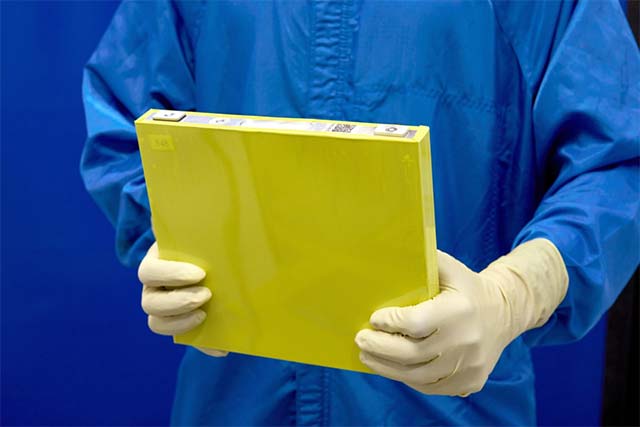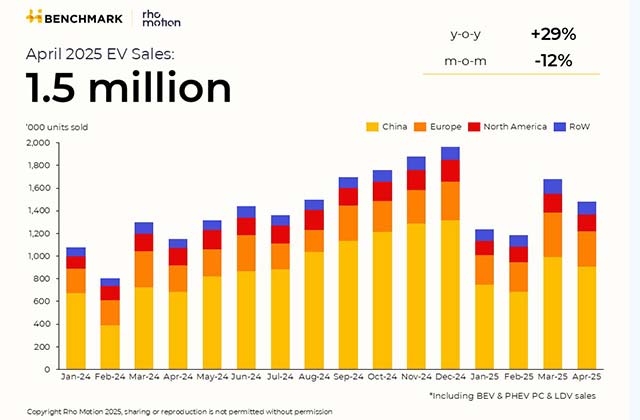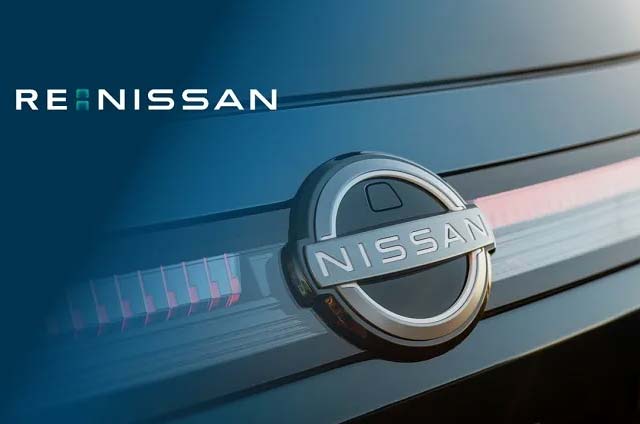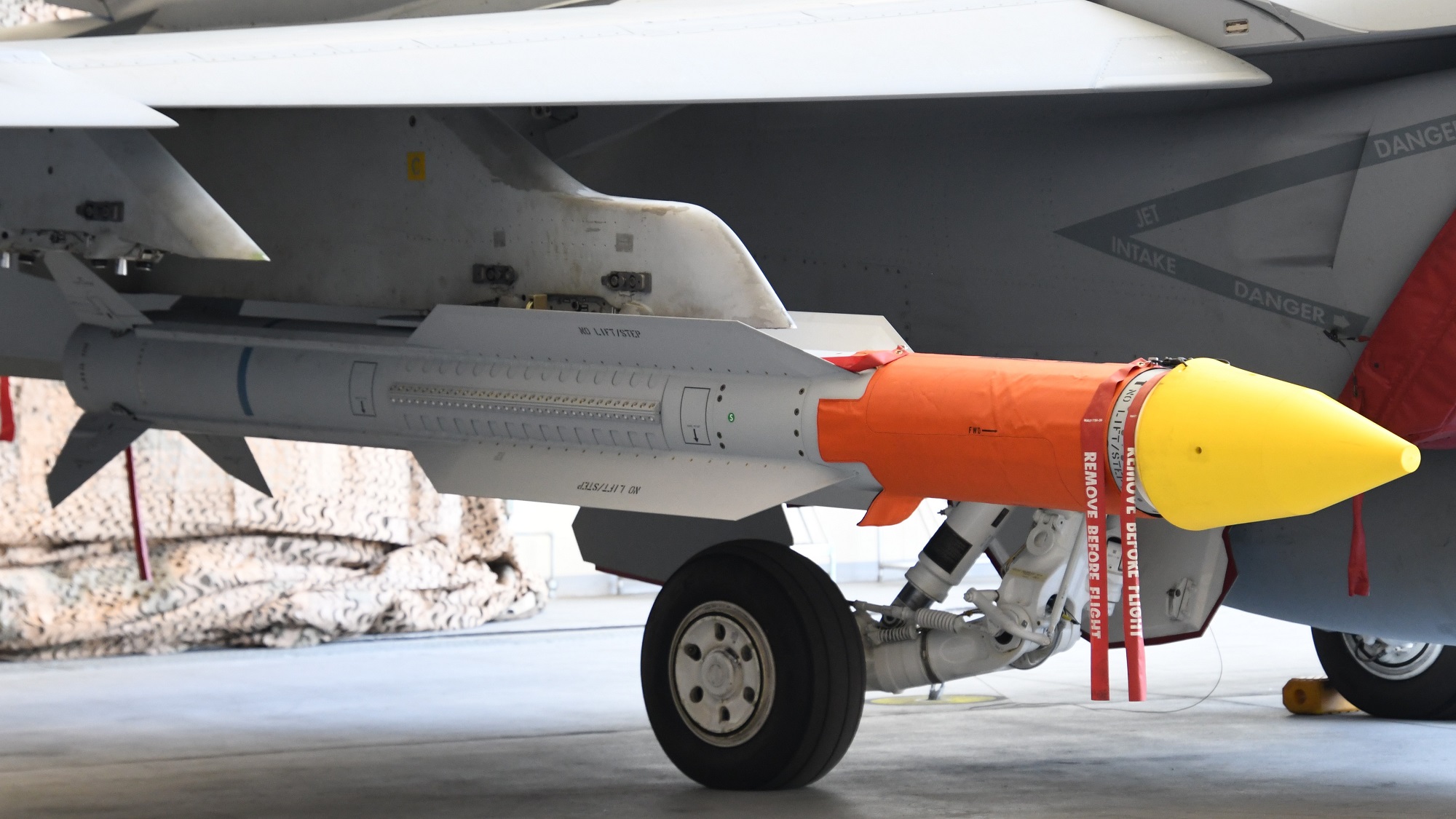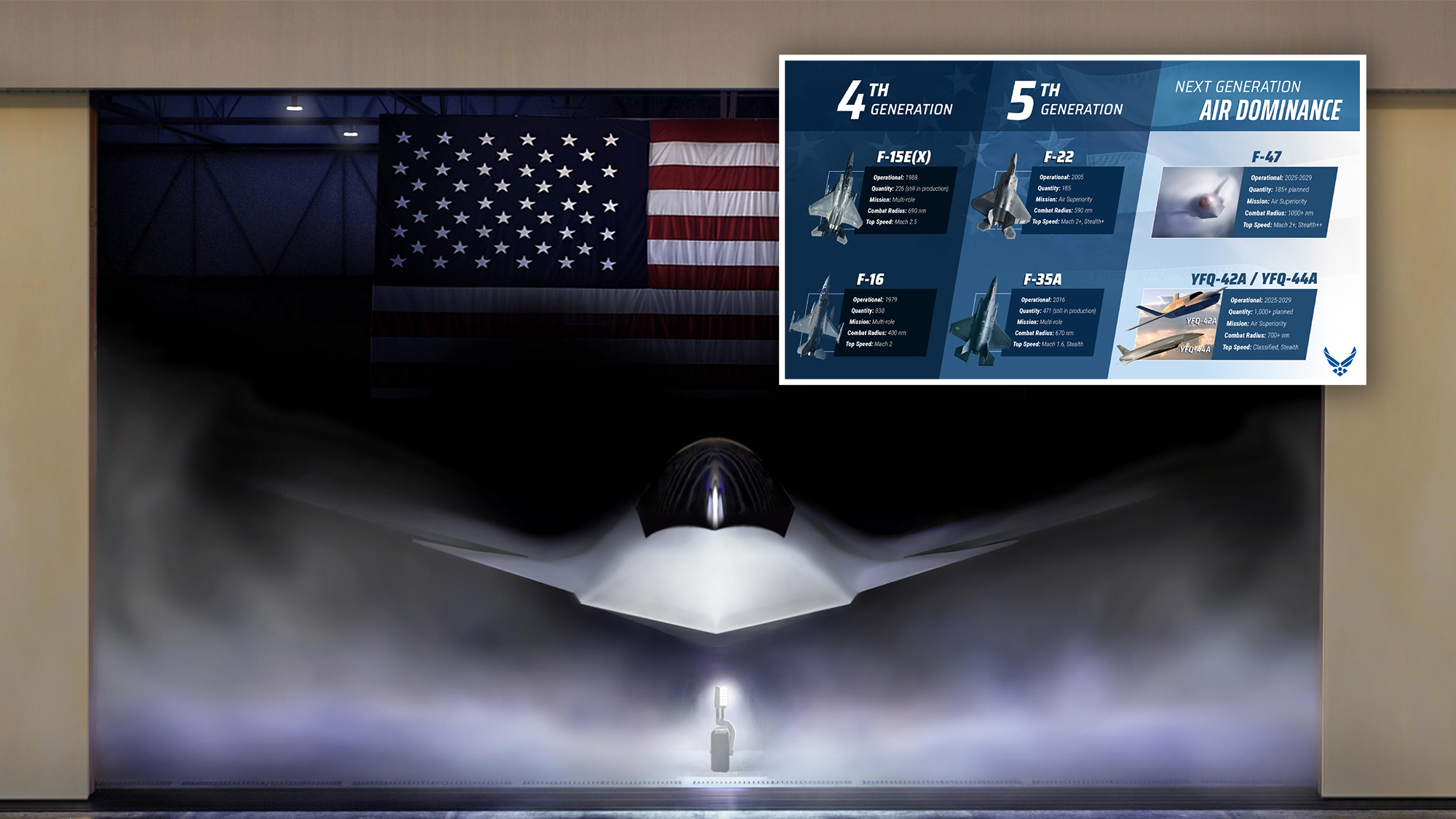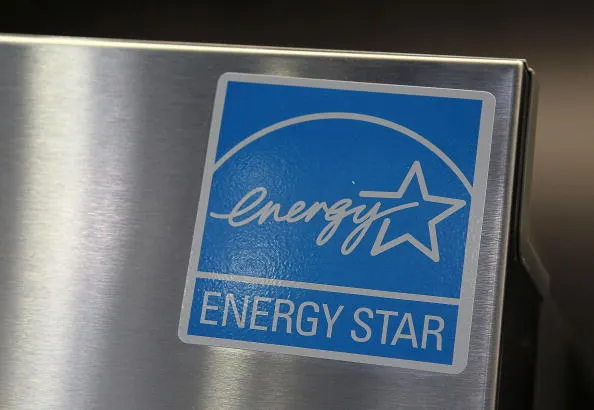A Multi‐Colored, Structure‐Tolerant Vanadate Cathode for High‐Performance Aqueous Zinc‐Ion Batteries
Advanced Energy Materials, Volume 15, Issue 18, May 13, 2025.

Novel Na2CaV4O12 (NCVO) nanowires with stable inherent structure of alternating active/inactive layers and fast Zn2+ diffusion kinetics have been synthesized to serve as the cathode for aqueous zinc-ion batteries. The NCVO nanowire cathode shows large capacity, high average voltage, and excellent cycling stability with adaptive camouflage properties in different scenarios.
Abstract
Vanadium-based cathode materials for aqueous zinc-ion batteries (AZIBs) have attracted much attention in large-scale energy storage devices yet their unsatisfactory cyclic stability and slow diffusion rate of Zn2+ ions during insertion and extraction hinder further commercial applications. Therefore, the development of vanadium-based cathode materials with stable crystal structures and fast Zn2+ storage remains challenging. Herein, Na2CaV4O12 (NCVO) nanowires are reported as a promising cathode of excellent electrochemical performance in AZIBs, simultaneously rendering high specific capacity (443.2 mAh g−1 at 0.1 A g−1) and high average voltage plateau (0.91 V) with impressive energy density (403.3 Wh kg−1) and power density (1533 W kg−1). As NCVO features a unique open crystal structure with alternately arranged inactive layers ([NaO6] and [CaO8] polyhedra) and active layers ([VO4] tetrahedra), the expansion of the [VO4] tetrahedra during Zn2+ insertion is well balanced by the contraction of the inactive layer, thus enabling remarkable long-term cycling stability (91.9% and 80% capacity retention after 5000 and 10 000 cycles at 10 A g−1, respectively). With the electrochromic property of the NCVO cathode, the AZIB can further be used for adaptive camouflage under a range of scenarios, shedding light on the future development of high-performance cathodes for AZIBs.























